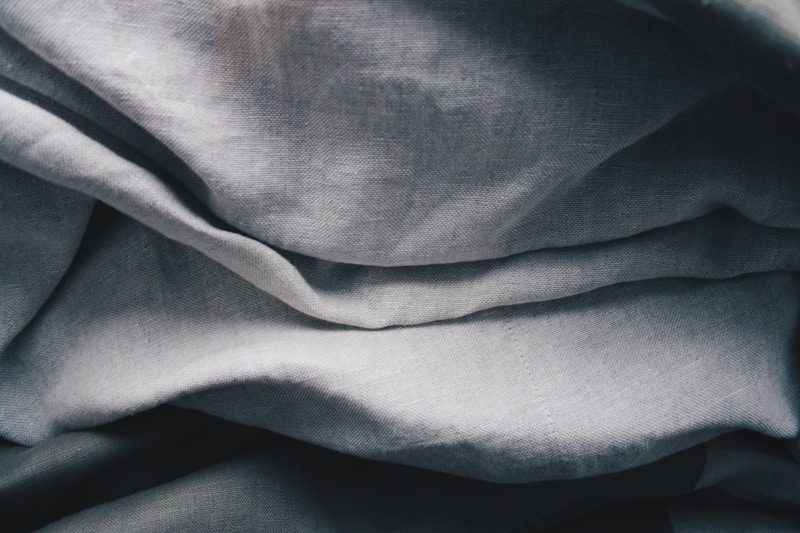The Importance of Fabric Weight in Gown Design
The Importance of Fabric Weight in Gown Design
When it comes to gown design, the fabric weight is a crucial element that can significantly impact the look and feel of the final product. Choosing the right fabric weight can influence not only the gown's silhouette but also its drape, comfort, and suitability for various occasions.
Understanding Fabric Weight
Fabric weight refers to the heaviness or lightness of a material, typically measured in grams per square meter (GSM) or ounces per square yard (oz/yd²). Different weights serve different purposes in gown design, and understanding these can greatly enhance the overall quality and aesthetics of a gown.
Categories of Fabric Weight
Fabrics can be categorized into three main weights:
| Lightweight Fabrics | These fabrics weigh less than 150 GSM and are ideal for flowing silhouettes. Examples include chiffon, silk, and organza. |
| Medium Weight Fabrics | Weighing between 150 and 300 GSM, medium-weight fabrics like satin and taffeta provide a balance of structure and drape, suitable for various gown styles. |
| Heavyweight Fabrics | These fabrics exceed 300 GSM, providing a rich, luxurious feel. Velvet and brocade are among the most popular options in this category. |

The Role of Fabric Weight in Gown Design
Fabric weight plays an essential role in several aspects of gown design:
Drape and Flow
The weight of a fabric determines how it falls and flows. Lightweight fabrics tend to have a soft, ethereal quality that can create beautiful movement, perfect for evening gowns or bohemian styles. In contrast, heavyweight fabrics offer more structure, ideal for formal designs that require a defined silhouette.
Comfort and Breathability
Comfort is paramount, especially for gowns worn over extended periods. Lightweight fabrics often provide more breathability, making them suitable for warmer climates or summer events. Conversely, heavier fabrics may be better for cooler weather, offering warmth and comfort despite their rather structured appearance.
Silhouette and Structure
The silhouette of a gown is significantly influenced by fabric weight. Heavier fabrics can create more dramatic and structured silhouettes, while lighter options serve to emphasize flowing lines and softer shapes. Designers often opt for a combination of weights to achieve the perfect balance between structure and fluidity.
Choosing the Right Fabric Weight for Your Gown
When selecting fabric weight for a gown, it’s essential to consider various factors:
Occasion
Different occasions call for different gown styles and materials. For weddings, flowing and breathable fabrics are often favored for outdoor ceremonies, while formal events may lean towards heavier, structured materials.
Season
The season greatly influences fabric weight choice. Lightweight fabrics are standard in warmer months, while heavier materials shine in the fall and winter. Knowing your target season can guide your fabric selections.
Personal Preference
Ultimately, personal style plays a significant role. Some individuals prefer the luxurious look and feel of heavier fabrics, while others might opt for the subtlety of lightweight options. It’s important to choose what resonates most with your style.
Common Fabric Weights and Their Uses in Gown Design
Here’s a quick overview of commonly used fabric weights and their applications in gown design:
| Fabric Type | Typical Weight (GSM) | Best Uses |
| Chiffon | 70-150 | Evening gowns, summer dresses |
| Satin | 150-250 | Bridal gowns, cocktail dresses |
| Taffeta | 150-300 | Formal wear, party gowns |
| Velvet | 300+ | Winter formal, holiday gowns |
| Brocade | 300+ | Structured dresses, evening gowns |
The Significance of Fabric Weight in the Market
In the fashion industry, awareness of fabric weight can greatly affect the marketing and sales of gowns. Consumers are becoming increasingly educated about materials, and they often seek out information on fabric weight when making purchasing decisions. Brands that provide detailed descriptions about the fabric weight used in their gowns tend to gain consumer trust and loyalty.
Sustainability Aspect
With growing awareness of sustainable fashion, the weight of fabric also plays a role. Lighter fabrics generally consume less material, aligning with eco-friendly fashion trends. Designers focusing on sustainable practices often gravitate towards fabrics that are both lightweight and recyclable.
Conclusion and Recommendations
In conclusion, the importance of fabric weight in gown design cannot be overstated. It affects the appearance, comfort, and wearability of a gown. Whether you are designing for a specific occasion, season, or personal style, understanding the nuances of fabric weight will enhance the quality and success of your designs.
Here are some recommendations:
- Always consider the occasion and season when choosing fabric weight.
- Experiment with different fabric weights to create unique combinations in your designs.
- Educate your clients about the benefits of various fabric weights to guide their choices.
- Stay updated with trends in fabric sustainability and explore lightweight, eco-friendly options.
By integrating these considerations, you can ensure that every gown you design not only looks stunning but also feels great to wear, making it a memorably lovely experience for anyone who wears it.
